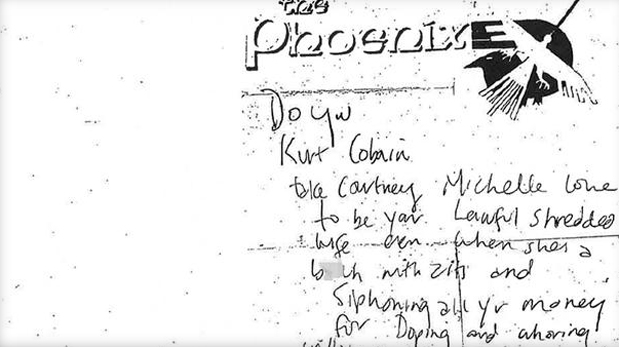http://www.vanguardia.com.mx/ 09/05/2014
Un muro expuesto en un museo neoyorquino llevó al hallazgo de las tumbas de dos nobles de la época de Ramsés con una inusual forma de templo
Saqara, Egipto. Siguiendo la pista de un muro expuesto en un museo neoyorquino, un equipo de arqueólogos egipcios ha rastreado la necrópolis de la antigua Menfis hasta hallar las tumbas de dos nobles de la época de Ramsés con una inusual forma de templo.
Uno de esos altos cargos enterrados en la zona de Saqara durante el Imperio Nuevo (1539-1075 a.C.) era un jefe militar llamado Ptahmes.
Durante la presentación de los últimos hallazgos, la jefa de la misión que la ha redescubierto, Ola el Aguizi, explicó que obtuvo la primera pista de un equipo holandés.
“Me dieron la fotografía del fragmento de una pared que estaba en el Museo Metropolitano (de Arte de Nueva York) y que debía ser la entrada de la tumba”, afirmó la egipcia.
Su equipo, formado por profesores y estudiantes de la Universidad de El Cairo, comenzó a investigar y dio con un acceso en el que solo había bloques de caliza sin inscripciones.
Solo al excavar en esa extensión cercana a la pirámide del rey Unas los arqueólogos encontraron grabados, algunos de ellos en mal estado, que están intentando restaurar, mientras reconstruyen aquellas otras piezas expoliadas y esparcidas en museos de todo el mundo, señaló Al Aguizi.
Compartiendo muro con la tumba de Ptahmes está otra que pertenece a Paser, un mensajero real para el extranjero y jefe de los archivos militares.
El ministro egipcio de Antigüedades, Mohamed Ibrahim, consideró que ese segundo lugar puede arrojar más luz sobre los lazos que tenía Egipto con otros países en esa época.
Sobre todo teniendo en cuenta que Paser fue una especie de emisario al este del mar Mediterráneo, en tierras como las que ahora ocupan Siria, Palestina o Irak.
“Los reyes solían mandar a esos embajadores para que llevasen cartas con el objetivo de facilitar las relaciones exteriores”, subrayó Ibrahim.
La construcción de Paser, que se estima que data de finales de la llamada era ramésida, fue descubierta en esta última campaña arqueológica, mientras el equipo limpiaba el perímetro de la tumba inicial.
Apenas mide doce metros de largo y seis de ancho, un tamaño reducido en comparación con otras tumbas encontradas en el sitio arqueológico.
Además, conserva relieves, en parte policromados, que reflejan escenas del más allá como la procesión de los difuntos, la justicia impartida por el dios Osiris o la bienvenida dada por las divinidades a los muertos.
Por su parte, Al Aguizi destacó que ambas tumbas también siguen el mismo esquema de los templos, con un pilón de entrada, un peristilo y un santuario.
Los nobles y altos cargos administrativos recurrieron a Saqara, necrópolis del Antiguo Imperio, para sus enterramientos en un periodo en el que la antigua Tebas, al sur de Egipto, era el lugar final de descanso para los faraones.
Encima de los llamados templos-tumbas se levantaron pirámides pequeñas, “muy importantes para el culto al sol”, apuntó la experta, inmersa en la tarea de reconstruir la que había sobre la de Ptahmes y que ahora se encuentra en Berlín.
Para el ministro, estas construcciones tienen un estilo “muy especial”. “Los arquitectos de entonces se colocaban al inicio del valle y desde allí veían el panorama, con las pirámides colocadas sobre las cámaras funerarias”, añadió.
Unas formas salientes que ya no se distinguen en el paisaje y que no tienen parangón con la pirámide escalonada de Zoser, la primera gran construcción en piedra del mundo y que se levanta imponente en el mismo cementerio de Saqara.





 University Archives student assistant cleans item from collection. Photo by University Archives / UNCW.
University Archives student assistant cleans item from collection. Photo by University Archives / UNCW.











































